 |
www.shejapan.com > World Heritages > Hallstatt-Dachstein cultural landscape
Quiz:
|
|
|
|
私がなぜハルシュタットを選んだかというと、 ハルシュタットへ旅行に行った友達から写真を見せてもらい、私もその美しさに強く心惹かれたからです。 この授業で初めて自分でウェブを作成し、いろんな資料を読みました。ハルシュタットについて様々なことがわかり、 また、いろんな形式のクイズを作ることで、英語の勉強にもなりました。 クイズを作る上で、どんなことをクイズで問えばよいのか、どんなクイズが英語の勉強になるのかを考えることがとても難しかったです。
<青山学院大学 経済学部 中村 麻衣>
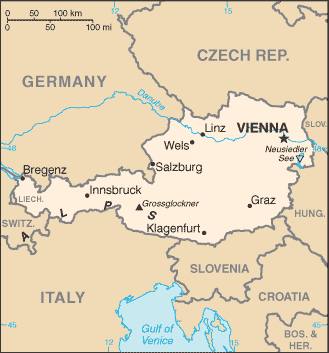
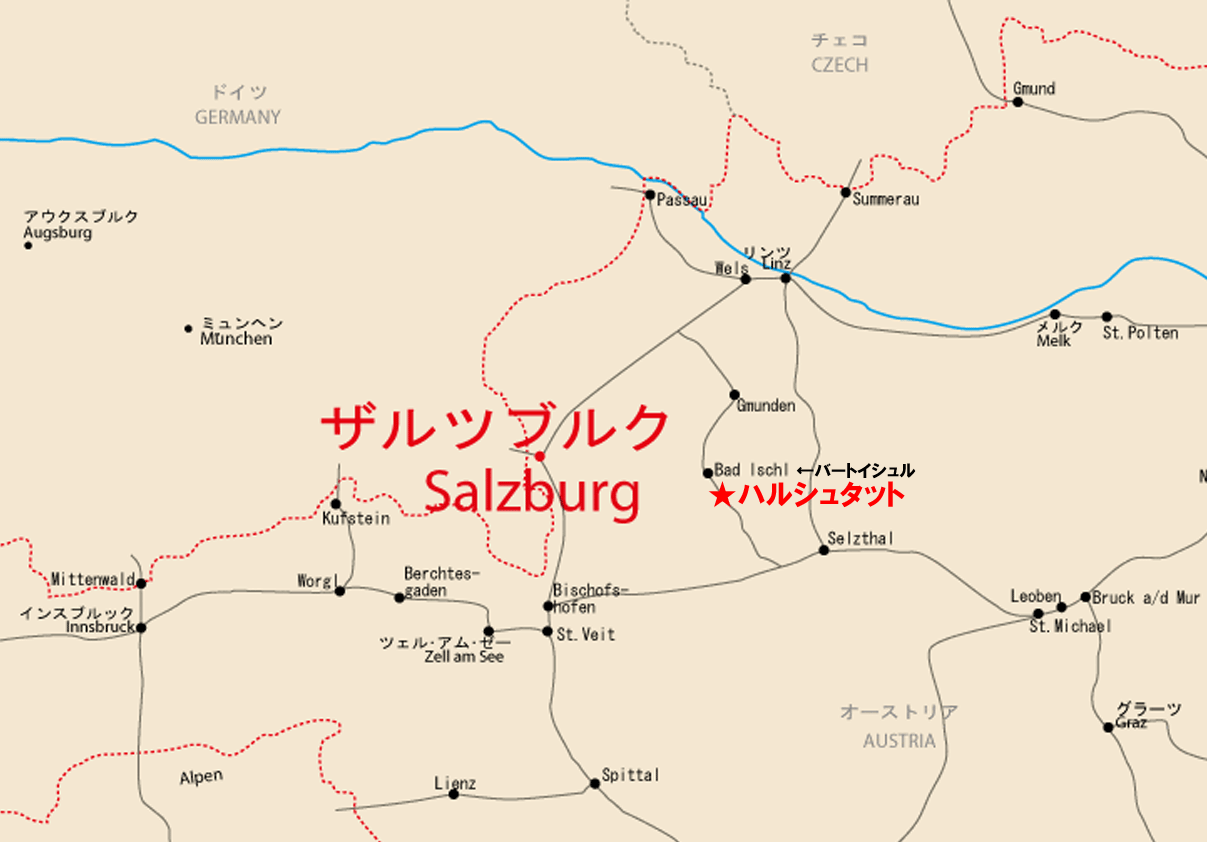
Date of Inscription: 1997 Criteria: (iii)(iv)
BBrief Description:
Human activity in the magnificent natural landscape of the Salzkammergut began in prehistoric times, with the salt deposits being exploited as early as the 2nd millennium B.C. This resource formed the basis of the area's prosperity up to the middle of the 20th century, a prosperity that is reflected in the fine architecture of the town of Hallstatt.
Hallstatt-Dachstein Salzkammergut Cultural Landscape (Hallstatt-Dachstein Salzkammergut Cultural Landscape Foundation)
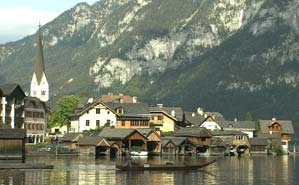 The Dachstein is characterized by its massif form, the extensive and highly karstic plateau, high, often sheer, precipices, and the exceptionally wide glaciation. The landscape is traversed by the U-shaped valley of the Traun river and the fjordlike Hallstattersee, with the market town of Hallstatt wedged between the mountain and the south-western shore of the lake. Favoured by its location, the core of the town is a unique example of the Gothic miners’ Settlemment with its basic structures still discemible and Late Baroque additions made after the great fire of 1750. Owing to its high density of historic monuments, Hallstatt is an urban monument of the highest order. The magnificent scenery has allowed little space for the architectural evolution of human settlement. The attempt to make the optimum use of the space available can clearly be seen within the basically Gothic core of the settlement and its Baroque additions, whose prominent silhouette and almost complete original ensemble have been preserved to the present day. The recognition that this was a unique landscape in its traditional context led to any interventions, such as the construction of a road along the lake-shore, being rejected from early in the 1960s and appropriate alternatives being encouraged in order to preserve the historic material.
The Dachstein is characterized by its massif form, the extensive and highly karstic plateau, high, often sheer, precipices, and the exceptionally wide glaciation. The landscape is traversed by the U-shaped valley of the Traun river and the fjordlike Hallstattersee, with the market town of Hallstatt wedged between the mountain and the south-western shore of the lake. Favoured by its location, the core of the town is a unique example of the Gothic miners’ Settlemment with its basic structures still discemible and Late Baroque additions made after the great fire of 1750. Owing to its high density of historic monuments, Hallstatt is an urban monument of the highest order. The magnificent scenery has allowed little space for the architectural evolution of human settlement. The attempt to make the optimum use of the space available can clearly be seen within the basically Gothic core of the settlement and its Baroque additions, whose prominent silhouette and almost complete original ensemble have been preserved to the present day. The recognition that this was a unique landscape in its traditional context led to any interventions, such as the construction of a road along the lake-shore, being rejected from early in the 1960s and appropriate alternatives being encouraged in order to preserve the historic material.
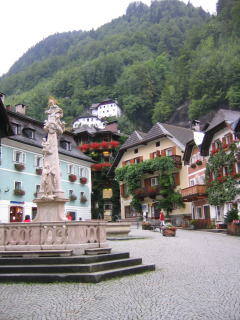 The cultural landscape of the Hallstatt-Dachstein region boasts a continuing organic evolution covering 2500 years. From the every beginning its history has been linked primarily with the economic history of salt extraction. Salt mining has always determined every aspect of life, as well as the architectural and artistic material evidence. Salt production on a major scale can be traced in Hallstatt back to the Middle Bronze Age in the mid 2nd millennium BC.
The cultural landscape of the Hallstatt-Dachstein region boasts a continuing organic evolution covering 2500 years. From the every beginning its history has been linked primarily with the economic history of salt extraction. Salt mining has always determined every aspect of life, as well as the architectural and artistic material evidence. Salt production on a major scale can be traced in Hallstatt back to the Middle Bronze Age in the mid 2nd millennium BC.
The rich and variegated flora and fauna of the Hallstatt-Dachstein region draws its support from a changing mountain landscape that reaches up to the snow-belt, thus providing many ecological niches, both large and small. It is remarkable for a mountain region to have so many rare and endangered plant species that are on the Red Lists. The fact that many stretches of woodland in inaccessible locations are almost untouched by humans is worthy of special mention. Owing to the low level of development and the enclosed character of the region, these conservation areas are also of major importance for those species that are very sensitive to human interference.
The significance of the glaciated Dachstein mountain, nearly 3000m high, lies in the great density of caves and the three important sites designed to explain the origin and formation of caves to the general public, each representing a different speleological type.
参考site:UNESCO Official Documents-advisory body evaluation
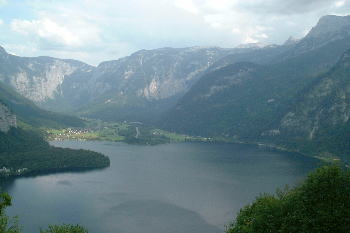
Notes
massif
マッシーフ:In geology, a massif is a section of a planet's crust that is demarcated by faults or flexures.
U-shaped vally
U字谷
lake-shore
湖畔
flora
植物相
fauna
動物相
the Red Lists
IUCNのRed List of Threatened species
speleological
洞窟学
NHK世界遺産の旅
世界遺産の町ハルシュタット
hallstatt online
UNESCO World Heritage Centre
www.shejapan.com
> World
Heritages > Hallstatt-Dachstein Salzkammergut Cultural Landscape
© 2007 SHEJapan.com